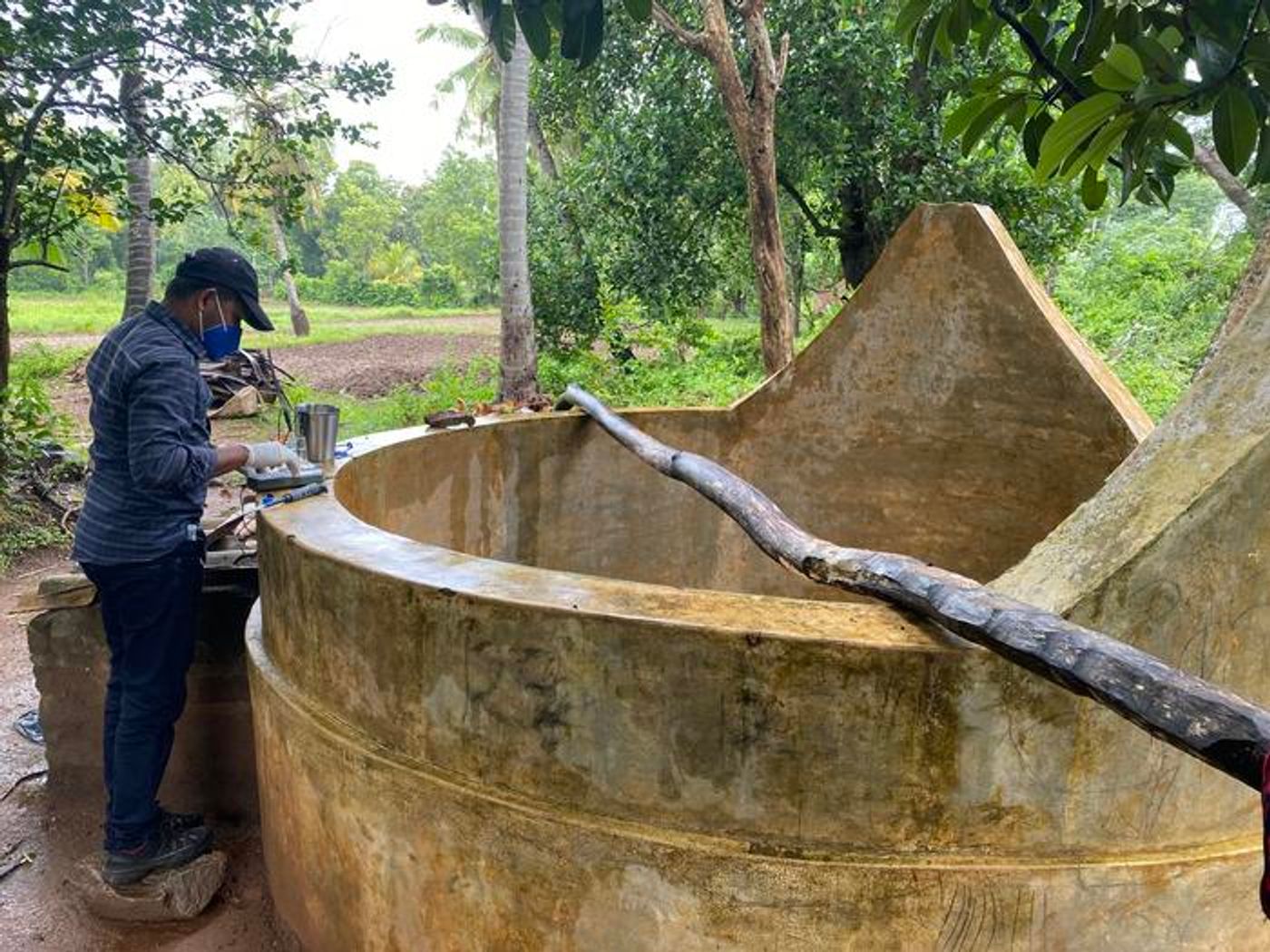Glyphosate Associated with High Levels of Chronic Kidney Disease
In recent decades, chronic kidney disease has started to have an unusually large impact on farming communities around the world. This has been especially pronounced in rural Sri Lanka, where five to twenty percent of the adult population has chronic kidney disease in certain areas. The causes of this kidney disease have been unclear, giving it the name chronic kidney disease of uncertain etiology (CKDu). Scientists have now suggested that exposure to glyphosate, an herbicide used in a product called Roundup, is associated with CKDu. Roundup is also the most common herbicide in the world. These findings have been reported in Environmental Science and Technology Letters.
Roundup can kill pests and limit the growth of weeds. It's also supposed to break down into harmless chemicals within several days or weeks of application. However, glyphosate can interact with some metal ions that are found at low levels in the environment, like magnesium and calcium. this interaction creates glyphosate-metal ion complexes that can remain in soil for 22 years and in water for seven.
"It was always thought that this chemical would break down very quickly in the environment, but it seems to stick around a lot longer than we expected when it complexes in hard water," said co-corresponding study author Nishad Jayasundara, the Juli Plant Grainger Assistant Professor of Global Environmental Health at Duke. "We have to consider how glyphosate is interacting with these other elements, and what happens to glyphosate when you take that into your body as a complex."
There are parts of Sri Lanka that are elevated and dry, and have geological conditions that are ideal for generating hard water. These regions have also experienced the highest levels of CKDu; in some places ten percent of kids five- to eleven-years-old have symptoms of early onset kidney damage.
The study authors suspected that these health problems are related to glyphosate because of the hard water that is common in Sri Lanka. In this study, the team took samples from over 200 wells around four areas in Sri Lanka. High-resolution and tandem mass spectrometry was used to identify the chemicals in the water.
This work showed that there were much higher levels of glyphosate in 44 percent of wells in the areas affected by high CKDu rates, compared to 8 percent of wells in less affected areas.
The study authors also noted that they only analyzed drinking water. There could be other routes of exposure, and the researchers ate interested in investigating them. These might include groups of workers who use the pesticide, or contaminated food or dust.
There were also unusually high levels of fluoride and vanadium in these affected communities; these chemicals have also been linked to CKDu. The investigators added that it's worth learning more about how these and other chemicals may be contributing to the problem. That said, it seems like glyphosate exposure is concerning, particularly in certain parts of the world.
This work has reminded senior study author and environmental chemist Lee Ferguson, an associate professor of civil and environmental engineering at Duke, of forever chemicals, or per- and polyfluoroalkyl substances (PFAS).
"We think of PFAS as being a drinking water contaminant because it's mobile and persistent. Now we're realizing that glyphosate may also be quite persistent in hard water areas," said Ferguson. "This gives me concerns about exposures here in the United States."
Sources: Duke University, Environmental Science and Technology Letters









